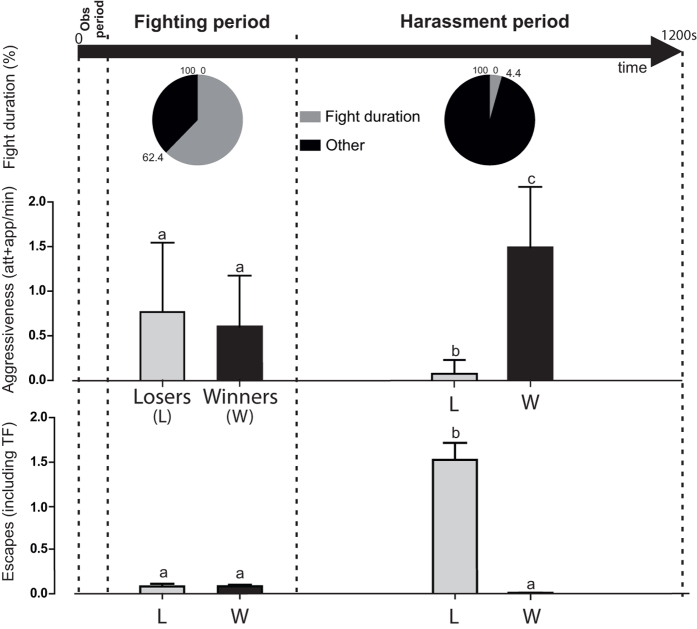Figure 1. Social interactions of paired crayfish.
Crayfish were paired in a fight arena (33 × 23 × 20 cm) for 20 minutes. Encounters started with an exploratory behaviour (Obs period, 56 ± 10 s, n = 23 pairs of crayfish). Then, a fighting period (372 ± 68 s) began with reciprocal aggressive behaviours (attacks and approaches, att + app) that turned into fights (fights duration was 232 ± 62 s i.e. 62.4% of fighting period) and ended with the retreat of one opponent (the loser, L). Then, a new period, called here harassment period, started (772 ± 64 s). During this period, the winner (W) aggressiveness increased significantly (from 0.59 ± 0.11 to 1.5 ± 0.14 att + app/min, two ways ANOVA, P < 0.0001, n = 23), while loser escaped with defensive behaviours (from 0.08 ± 0.03 to 1.5 ± 0.2 escapes, two ways ANOVA, P < 0.0001, n = 23). Consequently, fight duration dramatically decreased (34 ± 20 s, 4.4%, n = 23, P < 0.0001, Mann-Whitney test). Absence of identical letters above bars indicates a significant difference between results (Tukey’s multiple comparisons test).

